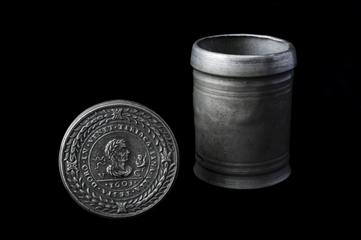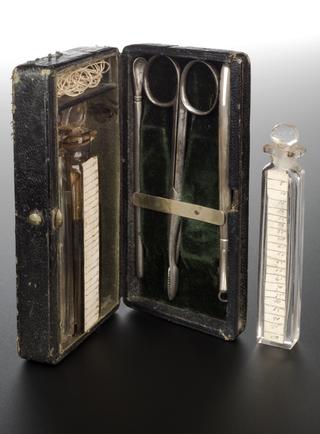
Aerosol bottle of asthma inhalant, Kent, England, 1960-1975
1960-1975

1960-1975

1950-1970

1603

1871-1900

1937-1938

1920-1950
1864
1900-1910
1871-1920
1850-1920
1850-1900
1851-1910
1850-1900
1801-1900
1850-1900
1960-1985
1940-1960
1850-1900
1930-1950
1831-1900
1837-1870
1862-1900
1949-1970
1934-1949
1901-1950
1900-1950
1920-1960
1801-1900
1860-1900
1801-1900
1893-1900
1880-1940
1601-1800
1801-1926
1900-1910
1601-1800
1780-1850
1900-1910
1915-1916
1875-1930
1801-1926
1770-1830
1870-1900
1893-1900
1775-1850
1801-1850
1775-1850
1870
1930-1950